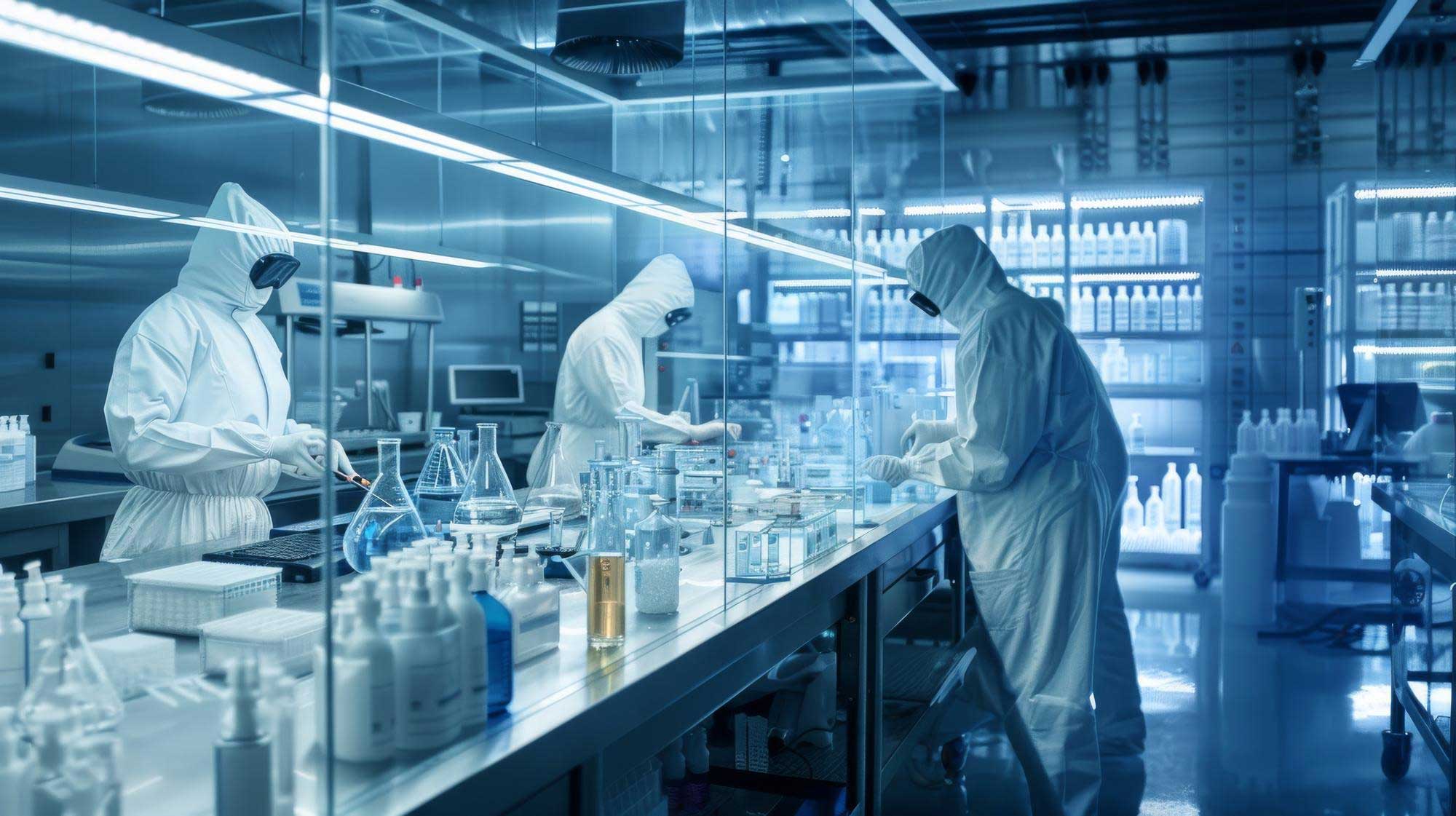As sustainability becomes an increasingly critical aspect of engineering and construction, the integration of smart technologies in cleanroom MEP (Mechanical, Electrical, and Plumbing) design is transforming the industry. Leveraging advanced control systems and innovative technologies can enhance the sustainability and efficiency of cleanroom projects.
Intelligent HVAC Control Systems
Modern HVAC systems in cleanrooms benefit from smart controls that optimize performance based on real-time data. These intelligent systems adjust airflow, temperature, and humidity precisely to the needs of the environment, significantly reducing energy consumption. Predictive maintenance and machine learning algorithms ensure that HVAC systems operate at peak efficiency, minimizing downtime and energy waste.
Smart Lighting Solutions
Energy-efficient lighting in cleanrooms can be enhanced by smart lighting systems that use sensors and automation to adjust lighting levels based on occupancy and natural light availability. This not only reduces energy usage but also creates a more adaptable and comfortable environment for cleanroom operations.
Advanced Monitoring and Analytics
Advanced monitoring systems allow for the collection and analysis of data on various aspects of cleanroom performance, from energy use to air quality. These analytics enable informed decision-making and continuous optimization of MEP systems for maximum efficiency and sustainability. Real-time monitoring also helps in identifying issues before they escalate, ensuring smooth and uninterrupted operations.
Integrating IoT in Cleanroom Operations
The Internet of Things (IoT) plays a crucial role in modern cleanroom design. By connecting various MEP components through IoT, a cohesive system is created where every element communicates seamlessly. This integration allows for centralized control and monitoring, enhancing operational efficiency and reducing the environmental footprint of cleanrooms.
Sustainable Materials and Smart Construction Practices
Incorporating sustainable materials and smart construction practices supports the commitment to sustainability. Using materials with low environmental impact and employing construction techniques that minimize waste and enhance the durability of cleanroom structures can contribute to creating a sustainable cleanroom environment.
Embracing smart MEP design can drive sustainability and deliver long-term benefits. By staying at the forefront of the latest technologies, the cleanroom design industry can set new standards, ensuring that projects are both environmentally friendly and highly efficient.



